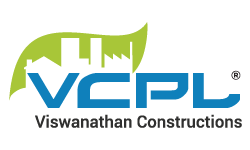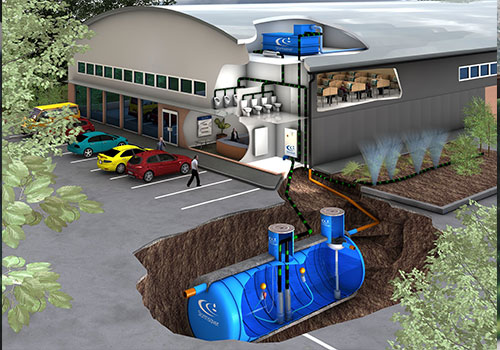Rainwater is one of the purest source of water which contains very less impurities.the system involves a simple collection and storage of rainwater from the surfaces it falls from so that it can be used later for various purposes. Rainwater harvesting is the most sustainable solution to reduce the water issues.
Advantages
- It is easy to construct, easy to maintain, easy to operate and the cost is less.
- It reduces dependency on ground water.
- This is a portable water which can be used even during rains, floods, droughts etc.
- It can be used as the main source of water for a house.
- It provides the best backup supply of water during emergencies.
- It reduces your water bill by reducing municipal water consumption.
- Storing the water underground is environmentally friendly.
The basic components needed for rainwater harvesting –
Catchment area – the rooftop of your house is the area to capture rainfall.
Transportation system – the rainwater is captured from the roof to a storage area through piping. The pipes should be uv resistant like pvc pipes. At terraces, the mouth of the drain should be covered with a mesh to avoid unwanted particles.
Filter – these are used for treatment of water to reduce muddiness and germs. This filter is important to keep the rainwater clean in the tank. It removes rust, silt and other organic matters from entering the tank.
Storage system – a tank is placed to hold the rainwater for future use.
Distribution system – to get the water from the tank to the areas where it will be used.


